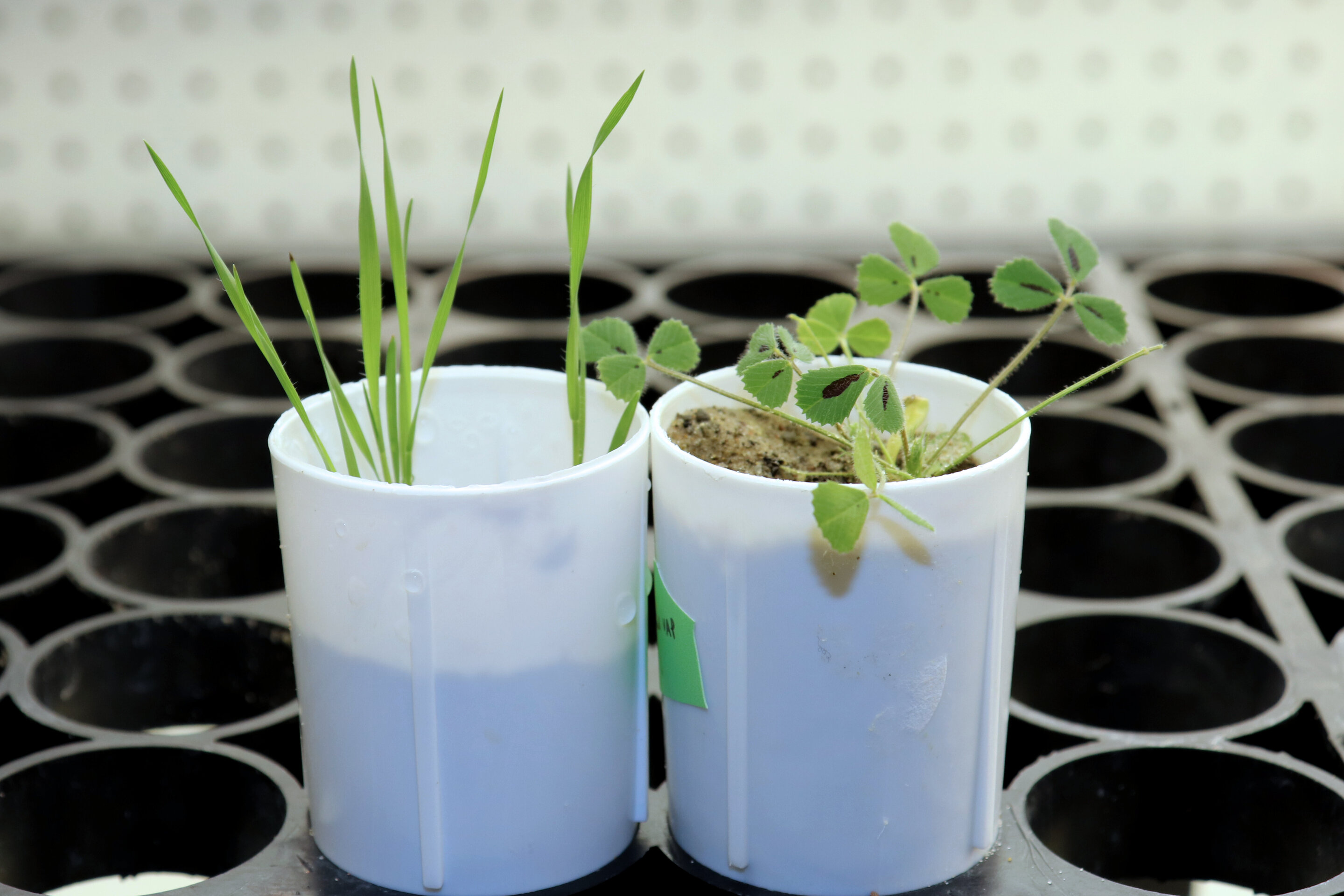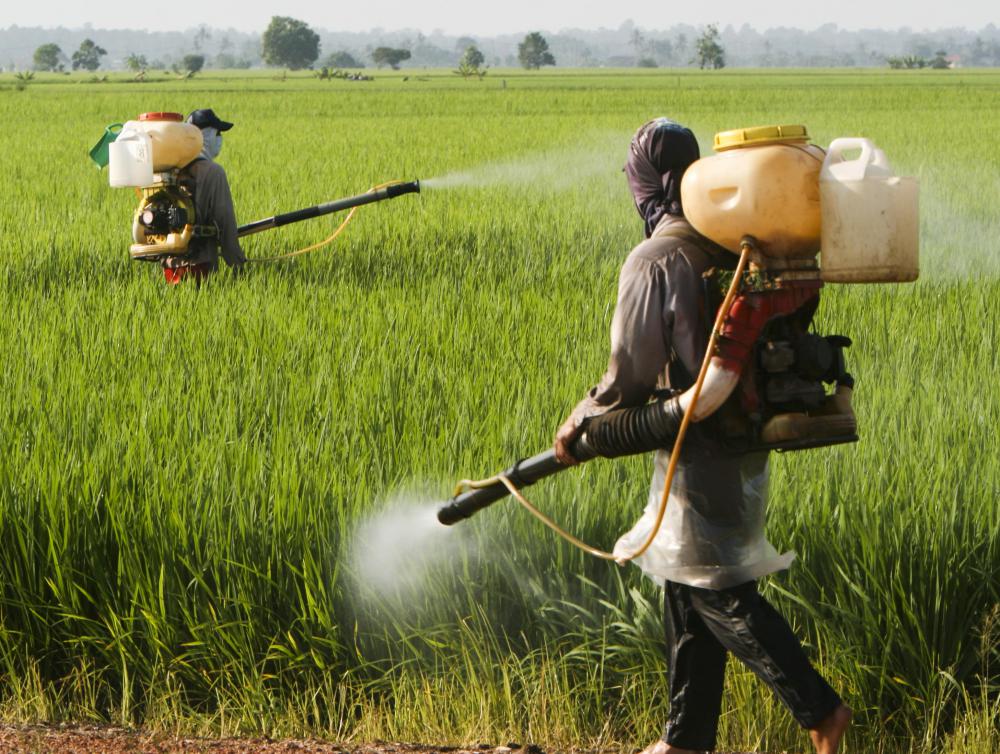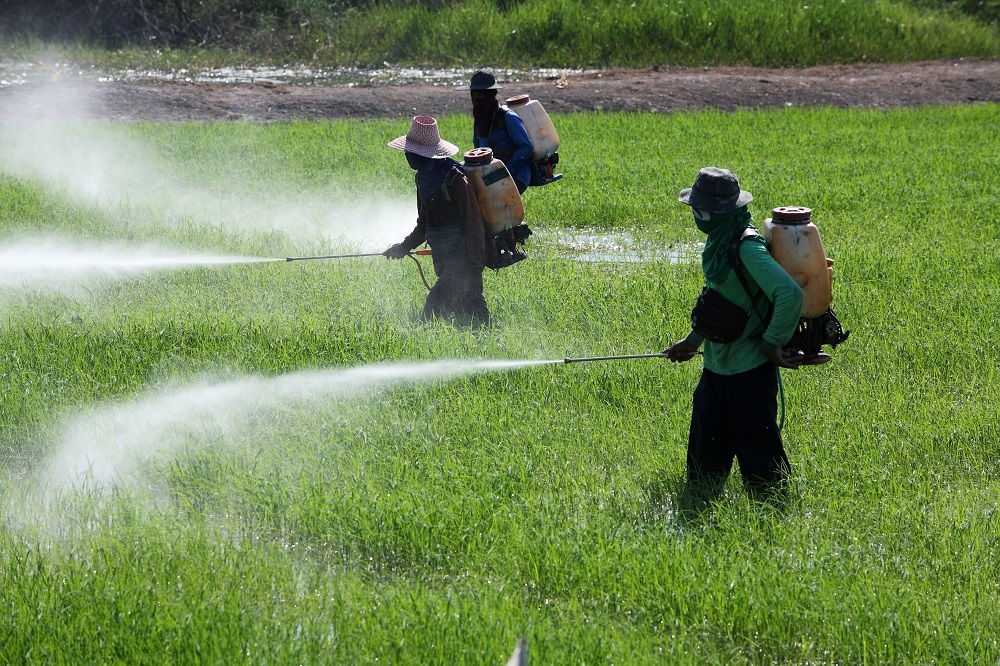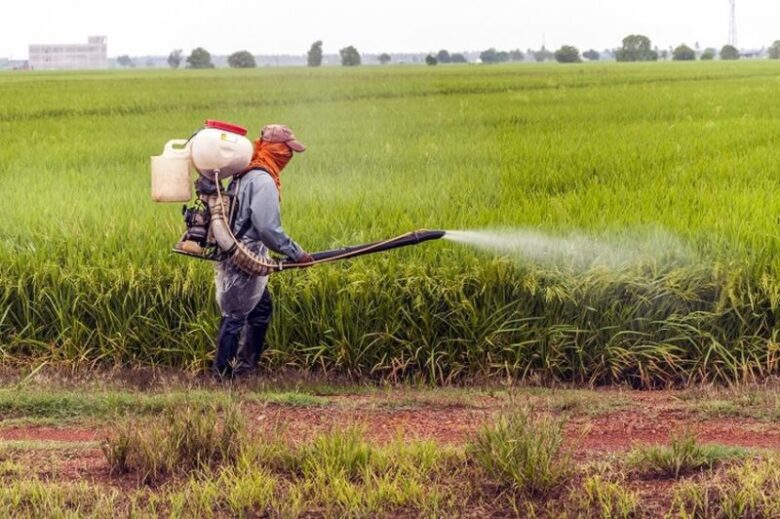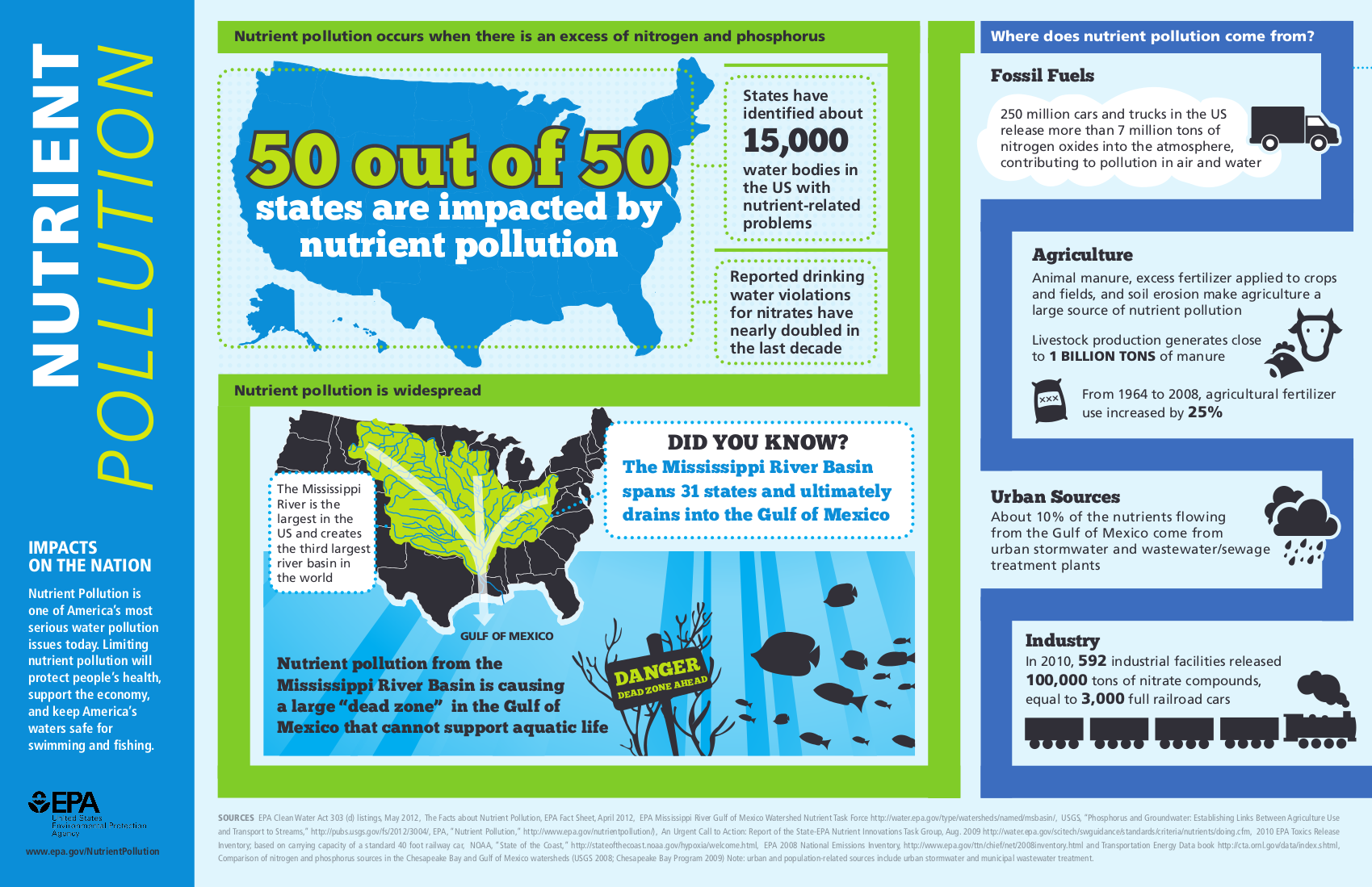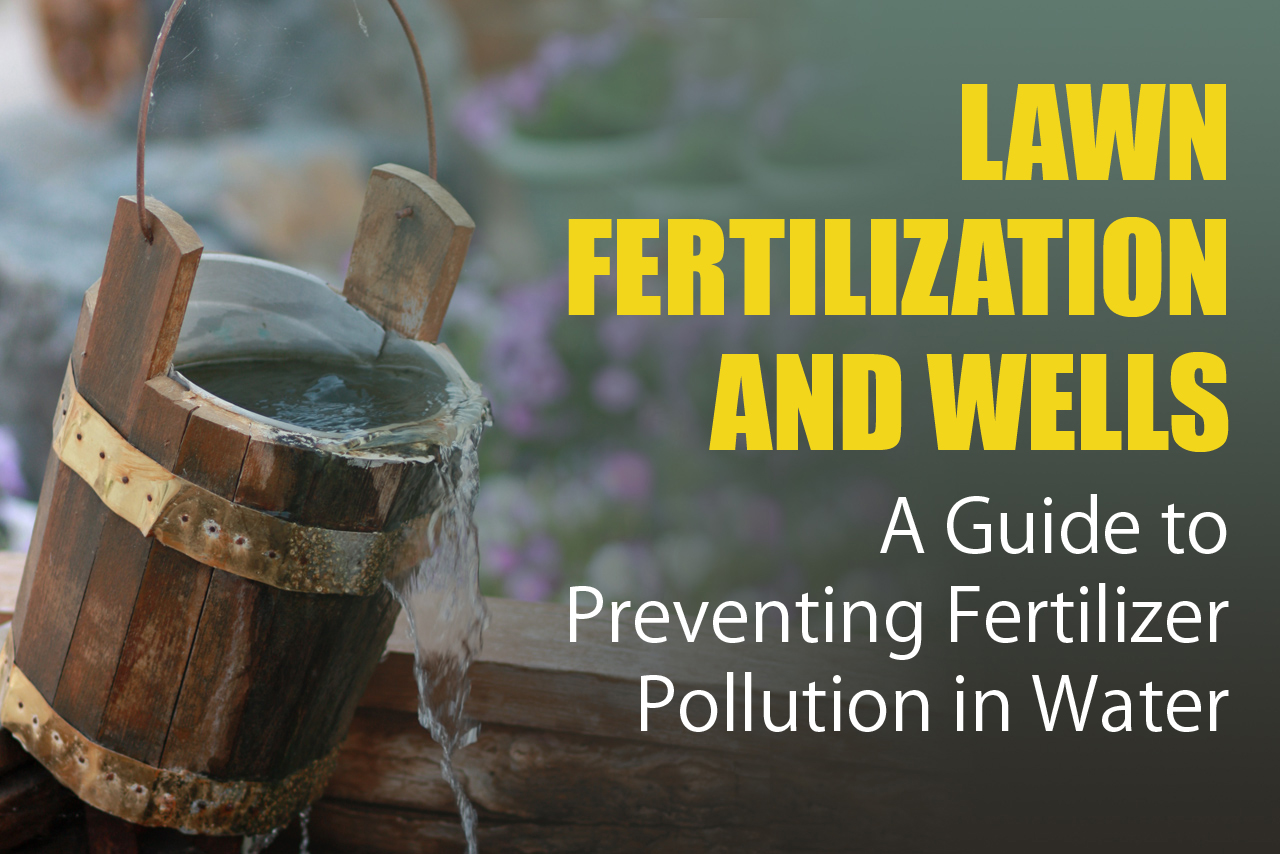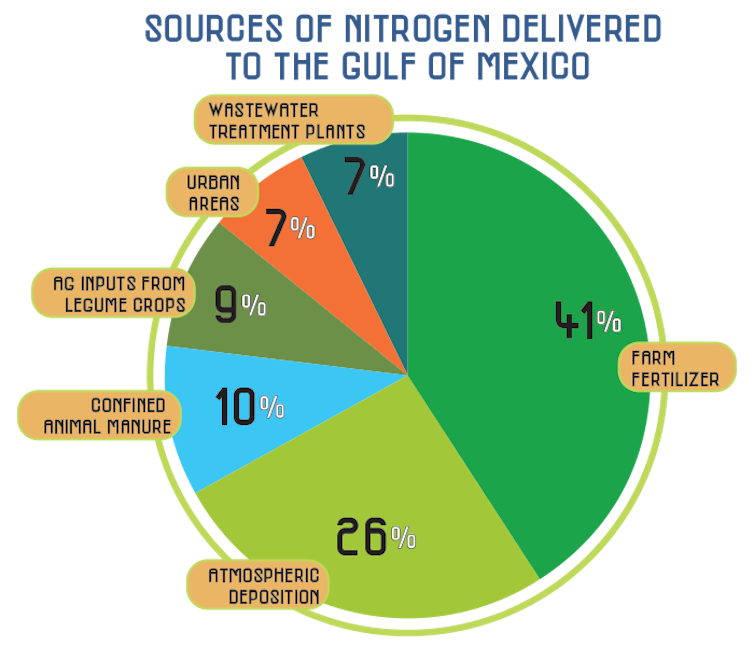Top Notch Info About How To Prevent Fertilizer Pollution

Agricultural fertilizers are the main global source of ammonia emissions, which harm human health and reduce farmers’ profits.
How to prevent fertilizer pollution. Saving the seas: What is the global extent of fertilizer pollution? Fertilizer and sewage runoff cause the worst marine pollution, but we can.
Many farmers apply more nitrogen than required to maximize expected profits or utility. Reducing fertilizer runoff to resurrect ocean dead zones. Fertilizers are organic or inorganic substances, either natural or synthetic, used to supply elements (such as nitrogen, phosphate and.
The problem is so severe that there are some steps that can be taken to limit water pollution. An analysis using big data and machine. Drinking water health advisories for cyanotoxins.
Keeping animals and their waste out of streams keeps nitrogen and phosphorus out of the water. We can measure this using a metric called “ excess. Applying fertilizers in the proper amount, at the right time of year and with the right method can significantly reduce how much fertilizer reaches water bodies.
Organic vegetables offer several benefits that contribute to both individual health and environme. Improve legislation on soil pollution control and prevention. Pesticide and fertilizer alternatives to prevent water pollution using alternatives to toxic pesticides can reduce water pollution.
One way to prevent excessive irrigation of fertilizers is to use organic. Farmers and landowners need to prevent fertilizer and manure from running into streams and groundwater. Keys to reducing the environmental impact of chemical fertilizers include (1) decarbonization of the production process, and (2) prevention of environmental runoff.
Globally, synthetic fertilizers are behind the bulk of global food production and they’re especially important in developing countries. Pesticides include consumer products like. Involve local communities in land and soil management.
One way that governments can therefore reduce nitrogen pollution is to adjust the ratio of fertilizer prices to the return on agricultural products. Many farmers are already voluntarily doing what needs to. As algae grow out of control (known as algae ''bloom'') it reduces the clarity and visibility of the water.
Conducting workshops in collaboration with state, tribal, and local partners across the country focused on. Impacts of agricultural stewardship measures are being assessed and nitrate enrichment of water bodies is being managed using modern digital models and.


